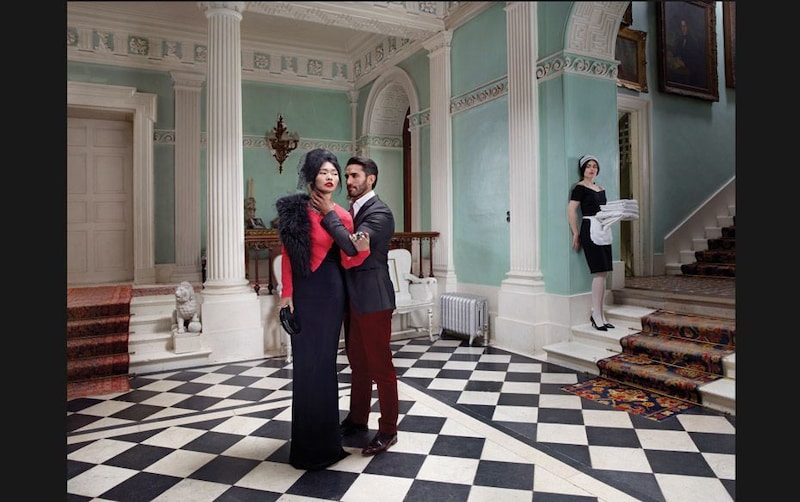The lives of those in service
Frames of servitude in Edwardian England
Dec 30, 2014, 07:06 IST1 min

Image by Forbes
2/4
Image by Forbes
3/4
Image by Forbes
4/4
Image by Forbes
Photogallery
- Home /
- Photogallery /
- Work /
- The-lives-of-those-in-service
Advertisement
Advertisement